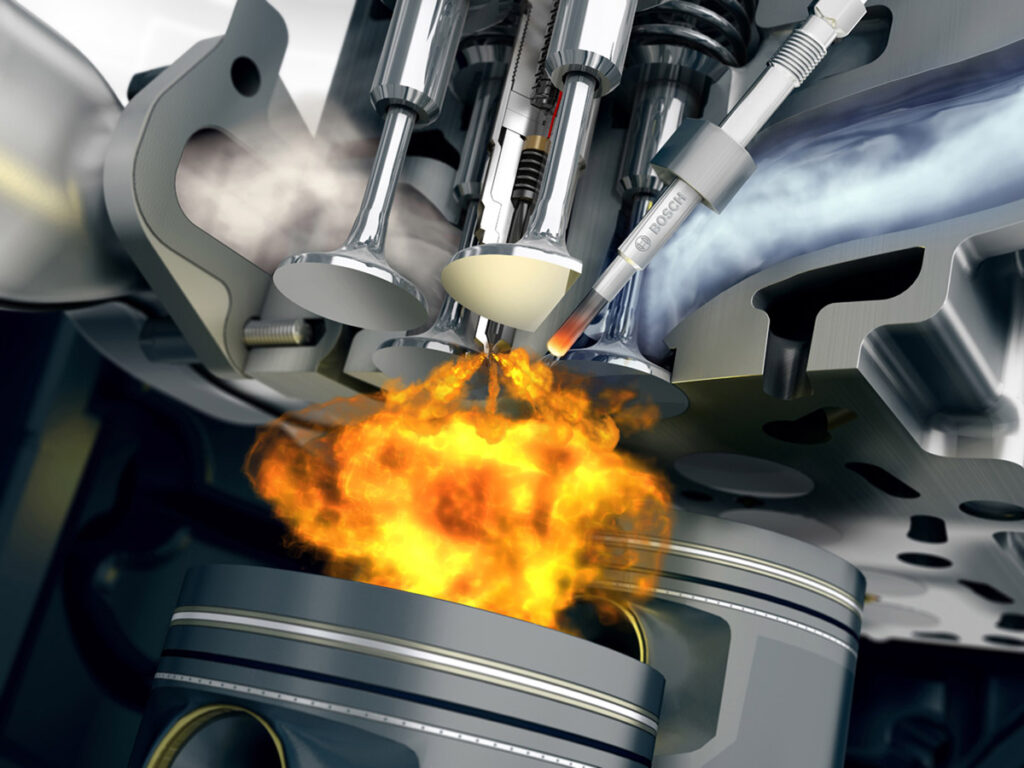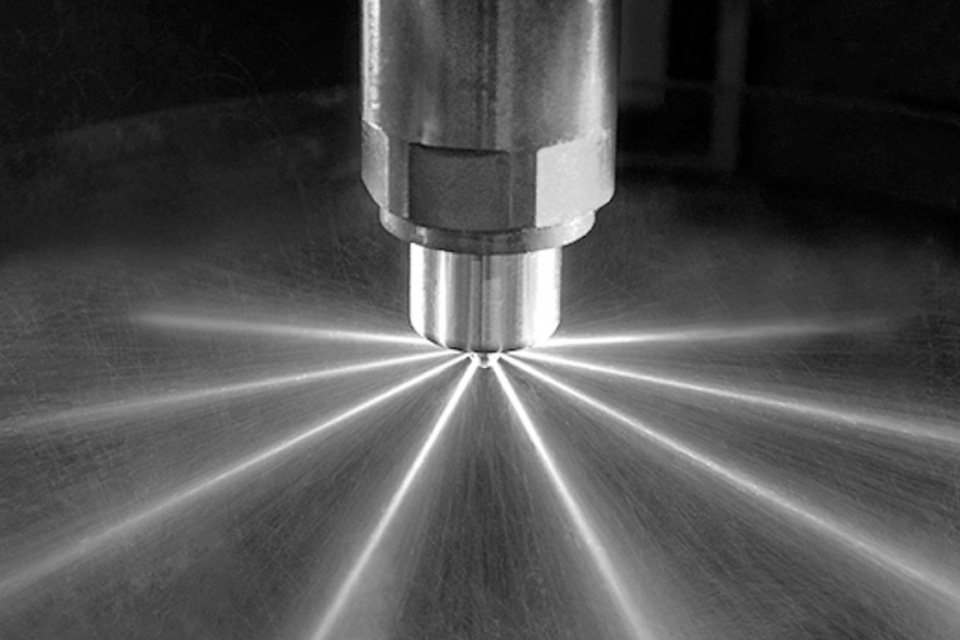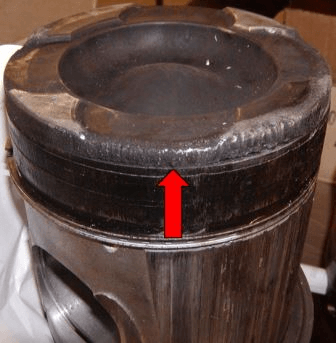This article is part of infamous Brutally Honest Guides aka BHG to car hacking. Changing parameters in calibration maps of ECU is the easiest part of so called chiptuning but understanding why and what effect each change has to engine parameters is another story.

A common argument I hear is “but most do not drive like you and they do not need shit you preach about” – I always wondered why car users need extra power for shopping trips or daily commuting?
It looks like I am “weird” because I never invest/waste my resources for something I do not need nor cannot use properly nor can’t utilize fully.
I am too stupid to understand why someone could waste 70,000 CHF on pseudo-sport car with 300HP and uses it only for daily 1 km commuting. Checking his driving style, he is like 80 years old grandma lost on shopping trip. WHY?
But I like duners, they are good overtaking practice but you have to watch out because they are dangerous, arrogant and willing to die just to prove they are “better”.

SUMMARY
If you are lucky to meet real eExperts as I did, it will cost you dearly…well, if you survive in first place 😉 Thanks to common chiptuners’ knowledge…my turbocharger died and soon after clutch followed.
What I noticed by my self-monitoring that more I knew the more calibration data returned closer to original values.
- The Fundamental Confusion
- The Internal Combustion Engine Fundamentals
- Ignorance is costly bliss
- Reducing IAT & EGT increases air density and torque/power. Your main concern is to get as much cold air into engine as possible.
-
Increasing boost results in decreased compressor efficiency and increased IAT. Forcing turbocharger to work harder and if you ignore “HR Rule #3” you are heading for turbocharger failure.
-
Reducing AFR is common kludge to overcome small injectors and turbocharger. It results in excessive smoke/unburnt fuel/reduced combustion efficiency, increased EGT, soot build-up, increased DPF regeneration cycles, CO2 emissions, contamination of engine oil, increased carbon buildups in engine, reduced turbocharger efficiency, increased fuel economy and stress to cooling system of engine/turbocharger. Reduces NOx emissions.
-
Increasing injector duration is common kludge to overcome small injectors. Increasing duration beyond designed limits decreases injector and combustion efficiency (reducing injection pressure and fuel mixing). Reduces injector durability because factory calibrated values are at 80-90% of injector capacity.
-
Advancing SOI is common kludge to compensate for small injectors and desperate attempts to tackle increased duration beyond optimal EOI. It results in increased cylinder pressure and negative combustion pressure that in most cases results in loss of torque. In extreme cases causes damage to pistons and head gasket failure.
-
Increasing cylinder pressure increases engine torque/power and fuel economy if BSFC remains same.
-
Increasing AFR reduces soot/unburnt fuel, CO2 emissions, EGT but increases NOx emission.
- Seeking the optimal values
There is no point in elaborating about disabling or removing EGR, DPF and other after-treatment systems in exchange for 10% increase in engine power output – it is your choice whether you want to be a human or ECO terrorist with slow and painful dead wish that fucks everything up for few sane people of Earth.

The Fundamental Confusion
I see it over and over again that people fail to grasp even the basic fundamentals of two major engine designs; spark-ignition aka petrol engines and compression-ignition aka diesel engines.
What is even more amusing these poor fools desperately and usually with great anger try to convince you about their stupidity and misunderstanding.
And if you don’t comply and just laugh loudly they mock you up or even try to beat up some sense into you (I do not argue with idiots anymore because once you drop to their level, they will beat you up by their skills).
My theory is that this confusion originates in petrol engine cult and those very same car enthusiastic carry on this disease into TDi domain.

The Internal Combustion Engine Fundamentals
For both technologies two main fundamentals are same:
-
FUEL = HEAT = POWER = HEAT (Most important in turbocharged engines where heat propels turbine wheel and compresses air for our engines).
-
MORE AIR = MORE FUEL = MORE POWER
For engine calibration purpose our main concern is effect of fueling/AFR on combustion process:
-
Rich fueling (more fuel than optimal stoichiometric ratio) in petrol engines reduces combustion temperature thus reducing EGT.
-
Lean fueling (more air than optimal stoichiometric ratio) in diesel engine reduces combustion temperature/EGT.
Fuel
-
Gasoline/petrol where the higher octane rating allows a higher engine compression in order to avoid knocking. Fuel mix needs to be ignited externally (by spark plug for example).
-
Diesel fuel has got cetane rating that indicates combustion speed and compression needed for self-ignition. Higher cetane number increases combustion speed of fuel mix and reduces required cylinder pressure for self-ignition. Fuel mix is self-ignited by compression of piston in cylinder.
AFR
-
Petrol engine needs precise AFR control around 14.7:1 with possibility to run lean at low loads and excessively rich at full load in order to keep combustion temperature down. Common knowledge says 12.5:1 for max. torque and 15.4:1 for fuel economy.
-
Diesel engine can run various AFR ranging from 14.5 – 50:1 with optimal AFR for full load around 18-19:1, cruise speed ~30:1. Rich fueling is used for quicker spooling of turbocharger.
Ignorance is costly bliss
Car hacking enthusiastic are wishful thinking crowd – for some unknown reason they believe they can improve their family cars where manufacturers failed despite decades of experience in motorsport and best equipment in industry.
There is even larger crowd believing in free engine power that evil manufacturers intentionally hide from us. It is like Flatearthers, all facts are there but they choose to not believe it anyway.
I see it over and over again in e-mails I receive or in SocNet discussions. Most hot discussion is always about AFR and optimal fuelling because duners demonstrate that more smoke = more power…well, at least for first 30 seconds (it still makes me wonder if there is correlation between bed performance and 30 second max. power on dyno).
Second most discussed myth is injector duration changes with unbelievable (over 20%) increase in IQ. There were some engines that shared same injectors for various engine outputs (such as legendary PD130/150 injectors used in pre-consumer era).
My latest car Hilda HR I. provides 3-5 Hz data sample rate for all necessary sensors’ readings to get something useful for feedback. With usual engine speeds 2500-3800 rpm, you are loosing over 90% of data.
I usually found some piece of mountain road where I could maintain constant engine load and prayed VCDS catches similar data for interpolation and averaging. But accuracy is +/- 10% I guess.
I always used at least 10% margin for errors in my calculations because you will never know exact values unless you have dyno cells like Gale Banks.

Reducing IAT & EGT
Your main concern in combustion engines is to get as much cold air into engine as possible. Boost is good for bragging but it doesn’t tell how much air you can burn. See for yourself by using HR calculators.
Advantages:
-
increased air density – boost doesn’t matter.
- less thermal stress to engine and surrounding components.
- increased durability
- more torque/power

Increasing boost
Without air, fuel is useless. I always start with an investigation of turbocharger’s limits and how much extra air can I squeeze from it.
Disadvantages:
-
reduced efficiency of compressor – in my case efficiency dropped 2 to 5%. It seems insignificant but IAT increased 5 to 10°C.
-
increased IAT – caused by reduced efficiency because you are trying to compress air more and IC is beyond its design limits.
-
reduced air density – boost doesn’t matter in reality, it is all about max. air in cylinder. Air density is reduced by increased IAT.
-
increased stress on cooling system – issues with engine oil and coolant overheating. As Natural Laws dictate, opposites attract each other and extra heat you create (beyond design capacity) must go somewhere. In my car, turbocharger is cooled by engine oil and indirectly by engine coolant. Both cooling circuits are connected by heat exchanger.
-
increased EGT – it is a vicious circle where increased IAT increases combustion temperature resulting in increased EGT, engine oil and coolant temperature.
-
heat soaking – the extra heat you have just created starts to dissipate into engine bay creating another vicious cycle that starts to heat up coolant and air radiators, air-box, turbocharger and intake manifold, further increasing ambient air temperature and IAT.
Advantages:
-
increased air density – if you can tackle cooling issues, you get some extra air into engine and thus increasing torque/power.

Reducing AFR
It has been said/written many times, yet people still refuse to believe it – factory calibrated AFR is optimal for your car.
Those poor motherfuckers that designed your car have no idea how to calibrate cars properly right? But surely Johnny McFuck, selling chiptuning around the corner in grandma’s garage, knows better.
In previous sections you have found out that you can “safely” increase air density by about 5%, which gives you about same amount of torque increase. It doesn’t sound so romantic as wild claims made by commercial chiptuners right?
What you naturally do? You start to fucking up fueling as desperate attempt to compensate for small turbocharger in your car.
Disadvantages:
-
reduced fuel economy
-
increased soot – contamination of engine oil, crap buildup in engine, turbocharger and so on.
-
increased EGT – vicious cycle of overhating turbocharger, cooling system and engine itself with heat soaking shortly after.
-
reduced turbocharger efficiency – increased heat must go somewhere. If you run hot exhaust gases, with an excess of 700°C, throughout the turbine it sure starts to heat soak into the compressor and increase IAT.
-
increased stress on engine cooling – my spirited driving results in ~120°C engine oil and over 90°C coolant temps…it is more fun over winter than over summer.
-
increased emission – unburnt fuel clogs DPF faster. You fail emission’s test at annual technical control. If you ever try to travel in Germanic states, get ready for loss of your car and fines up to 10,000€.
Advantages:
-
increased torque for first 30 seconds until EGT limiter kicks in.
Increasing injector duration
Once, you start to fuck around with fueling and reducing AFR…you have to release that free power what manufacturers steal from us. Naturally you want to interpolate duration maps right?
You want it all even if it is just placebo right 😉
I hate to say I told you so but what is in duration maps is 80% (maybe 90% for latest injectors) capacity of your injectors and optimal max. values for your injectors. Don’t forget IQ is compensated for fuel temperature and once your car starts to overheat you loose about 3% of IQ.
I recall my first teacher who told me he can do 70mg IQ from my 55-60mg injectors at any engine speed I desire…he called it “I can trick ECU” ROFL.
Once again I see it over and over again that poor fools believe that you can go beyond max. values in duration maps. My injectors are capable to efficiently inject 65 mg of fuel at low engine speeds, about 60mg at medium speeds and 55mg at high speeds.
While 70mg may be possible at low engine speeds because it is just 8% increase – assuming manufacturer used Pareto principle and everything has been calibrated at 80% capacity – you have pushed your injector to 88% capacity but what if your injector is already calibrated for max. 90% capacity and you have just pushed your injectors to 98%.
But are you really sure that it is physically possible to push injectors from 55 to 70 mg? It is a 27% increase and your injector will be open the whole combustion cycle it tries to inject such an amount of fuel. Do you really believe in such a bullshit?
I always wonder why common Johnny McFuck thinks he can squeeze more juice from injectors. It is one of greatest mysteries and perhaps magic in chiptuning world.
YOU HAVE BEEN WARNED…AGAIN !!!
Let’s say it is possible to go beyond max. values in duration maps.
Disadvantages:
-
reduced injection pressure – partially resolved by fuel systems where injectors share common rail. Now obsolete PD systems suffer most – over 2,000 bar at short duration down to 1,000 bar pressure.
-
reduced fuel atomization – the more pressure the finer fuel mist is discharged from nozzles.
-
reduced fuel mixing – fine fuel mist mixes better with air in cylinder. Try with garden hose to mix water stream with air 😉
-
reduced combustion efficiency – pockets of unburnt fuel due poor atomization and fuel mixing. Not only poor fuel mixing but also lots of unburnt fuel at EOI because you are way beyond ATDC once injection event is done.
-
reduced durability – may be not a concern if you are of those common car user who have lots of HP but do not use it anyway. There is a theory about duty-cycle of injectors that should not exceed 80% of combustion cycle. If you force injectors to be open the whole combustion cycle, you are heading for unpredictable injection events and premature failure.
-
loss of power – while you may be injecting more fuel theoretically…after all losses you end up most likely with less torque than before but with increased fuel consumption and slow dead for your engine.
Advantages:
-
questionable increase in IQ
Advancing SOI
If you compare two same engines with different power output – the only difference in injection timing is injector size. SOI is always same or similar. If you want more fuel get larger injectors…PERIOD!
Screwing around with SOI is common kludge to “resolve” lack of injector capacity.
My car Hilda HR I. is calibrated with 52mg of fuel at 4000 rpm to achieve 103kW. For 52mg IQ, injector is opened for 30° of crankshaft rotation with SOI 25° BTDC – resulting in EOI at 5° ATDC and combustion process with most effectively burnt fuel at about 10° ATDC.
There is theory that EOI should end somewhere around 10-15° ATDC for max. torque but very few account for ID that is 3-5° at full load (based on quality of fuel and temperature). My guess is that is some petrolhead legacy because spark-ignition engines have no delays.
If Johnny McFuck starts to screw around with your car – in order to deliver 30 seconds theoretical power he must increase duration accordingly. Let’s say nature is linear and it is possible to get 125kW from 103kW 2.0 TDi (whooping 21% increase).
It means 63mg of fuel @ 36.5° duration and you end up injection event at 11.5° ATDC. With ID 3-5° you end up combustion process at 14.5-16.5° ATDC. I have tried and it creates only smoke with no torque increase, which means that injectors cannot deliver more fuel than official 55mg 😀
Disadvantages:
-
increases negative pressure – injection timing is a compromise of negative and positive pressures acting on a moving piston. If you inject too early, there is a possibility that you are slowing down upward moving piston, or too late and hot gases chase the piston. In both cases loss of torque.
-
damage to piston crown – in extreme cases pressurized fuel starts to cut pistons.
-
increases cylinder pressure if combined with increased fueling.
Seeking the optimal values
As you can see it is all just one big compromise and car manufacturers did already all for you. As already written in beginning…whatever you do you just make it worst or you can swap more torque for increased emissions, fuel consumption and reduced durability of car’s components.
If done improperly, as my first “teacher” did, you end up with fucked up car and high repair bills. Based on fellow car hackers who already contacted me, it looks like I am not the only one who ended up with car screwed up by Johnny McFuck and seek answers to industry secrets.
In various sections of article you already got offers to our other articles. If you seek knowledge, check out following articles:




Leave a Reply